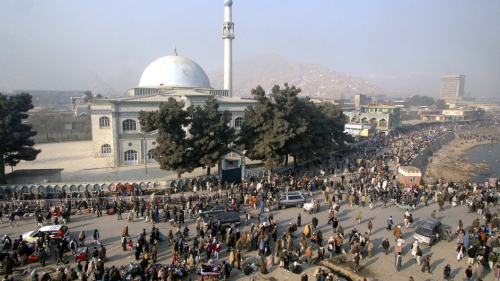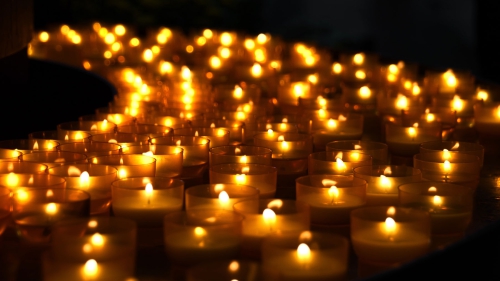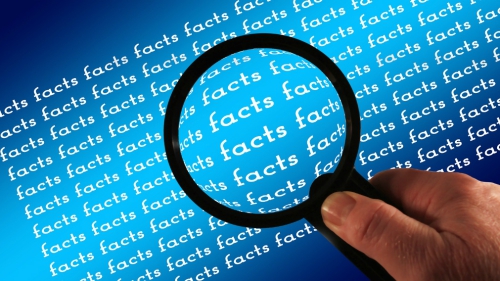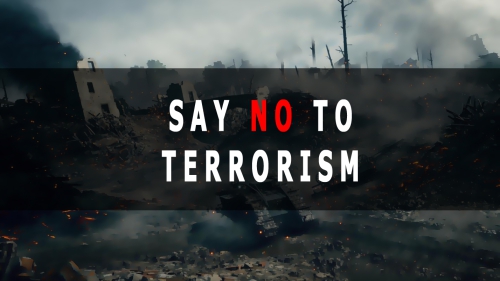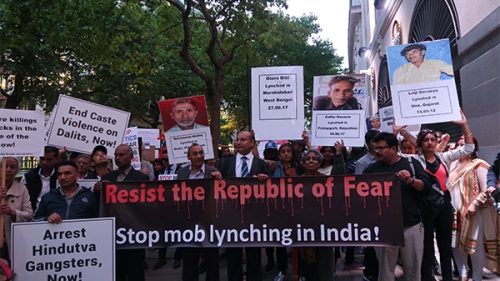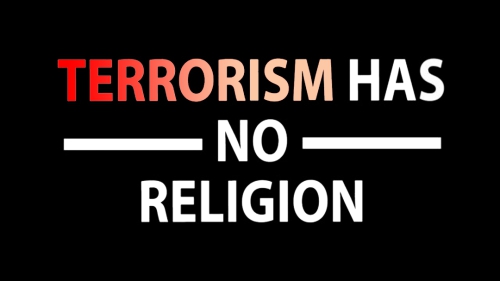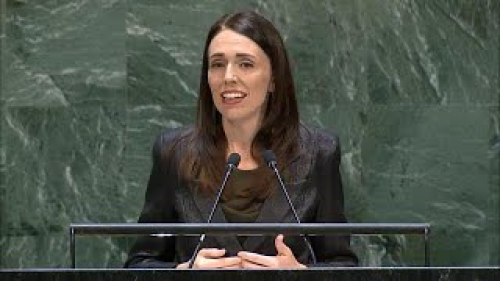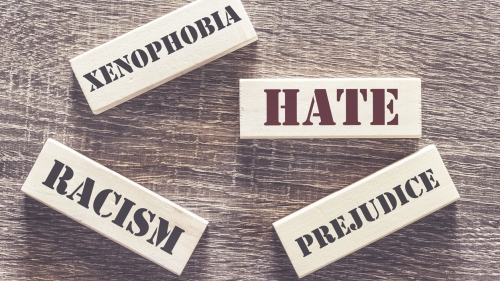Executing McVeigh: The Media Rites of Retribution
|
|
For half a century, we've been watching rituals of retribution. Countless entertainment shows on TV have presented certain vengeance as dramatic justice. In time for the last commercial, the designated bad guys got what was coming to them.
These days, news coverage -- or what passes for it -- tends to edge out fictional concoctions. The surfaces of pathos, anguish and suffering are readily available without scripts, actors or set designers. Around the country, local news programs air plenty of crime sensations with yellow police tape in the background. Cable channels strive to offer the latest shootings in progress. And trials can't miss: Inside a courtroom, everyone makes a perfect cameo appearance.
A week before the scheduled execution of Timothy McVeigh, the major cable networks -- CNN, Fox and MSNBC -- could hardly tear themselves away from the spectacle of a 14-year-old boy as he testified about what happened when he shot a teacher, taking an adult's life and shattering his own. The camera work and sound quality were crystal clear.
McVeigh's crime, we're told, was the deadliest act of terrorism ever on U.S. soil. Among the 168 people he killed were 19 young children. From prison, he insisted on describing the kids he murdered as "collateral damage." It's a phrase that disturbed some media consumers a decade ago, during the Gulf War, when it was the euphemism of choice for top Pentagon officials and many American reporters.
| ___________
If McVeigh were black or brown instead of white -- and if he had grown accustomed to the idea of inflicting lethal violence as a member of a gang instead of as a member of the U.S. Army -- it's a safe bet that news media would have flooded us with feature reports, analysis and commentaries about the inner-city culture of violence and pathology that produced him. __________ |
In a statement to a Fox News Channel correspondent, McVeigh said: "Collateral damage? As an American news junkie, a military man, and a Gulf War veteran, where do they think I learned that?"
Unrepentant and preferring to undergo capital punishment sooner rather than later, McVeigh declined to appeal his death sentence, a move that would have delayed his execution for years. He expressed no remorse about setting off a bomb at the federal building in Oklahoma City. Explaining his motives to the authors of a new biography, McVeigh commented: "I did it for the larger good." With more diplomatic language, that's the sort of remark that U.S. officials frequently made during the Gulf War.
If McVeigh were black or brown instead of white -- and if he had grown accustomed to the idea of inflicting lethal violence as a member of a gang instead of as a member of the U.S. Army -- it's a safe bet that news media would have flooded us with feature reports, analysis and commentaries about the inner-city culture of violence and pathology that produced him. But in McVeigh's case, we're made to understand that he was a bad apple in a wholesome barrel overseen by Uncle Sam. The good apples, the ones we can all be proud of, understood that killing is laudable only when authorized.
It was authorized in Terre Haute. During the days before his execution in that Indiana city, T-shirts with his face on them were selling briskly. A simple message was printed on those souvenir shirts: "Die, die, die."
Long ago, Bertrand Russell observed: "The reformative effect of punishment is a belief that dies hard, chiefly, I think, because it is so satisfying to our sadistic impulses."
The slaying of Tim McVeigh promised to be an unprecedented pageant of capital punishment. Advance stories predicted that 2,000 journalists would descend on Terre Haute for the festivities.
In Newsweek's words, the execution "will be shown on closed-circuit television to several hundred victims of the Oklahoma City
bombing and their families -- the biggest crowd to watch an execution since the 1930s." In theory, the audience would be limited. But some of the viewers were sure to go on national TV, describing what they saw. Bootlegged videos were likely to find their way to a wider audience.
If "we," ostensibly represented by the state, are going to kill with premeditated executions, then we may as well see the grisly results. But why stop there?
A lot of babies perish due to social conditions that could be prevented by a shift in government priorities. For the first time in a quarter-century, the latest annual figures tell us, infant mortality rates have not dropped in the United States -- remaining at 7.2 infants per 1,000 births. Meanwhile, the Children's Defense Fund says, 10.8 million of the nation's children are lacking health insurance.
Unfortunately, there's no media frenzy to cover what happens when the state, in effect, routinely kills many Americans simply by inaction -- not enforcing workplace-safety rules, or not reducing air pollution that menaces people chronically short of breath, or not providing health care for the uninsured.
With the corporate-dominated state functioning as a serial killer every day, news outlets should shine a bright light on its innocent victims.
________________________________________________
Norman Solomon's latest book is "The Habits of Highly Deceptive Media." His syndicated column focuses on media and politics.










